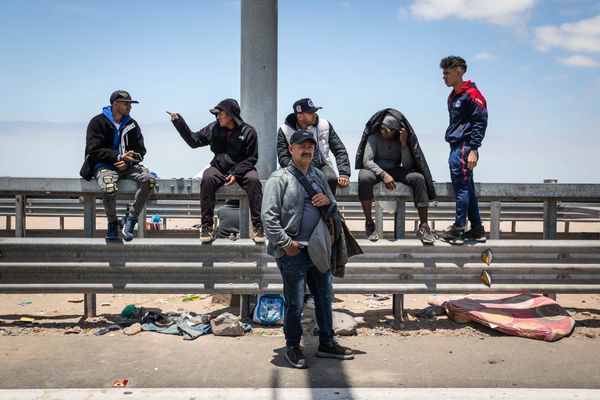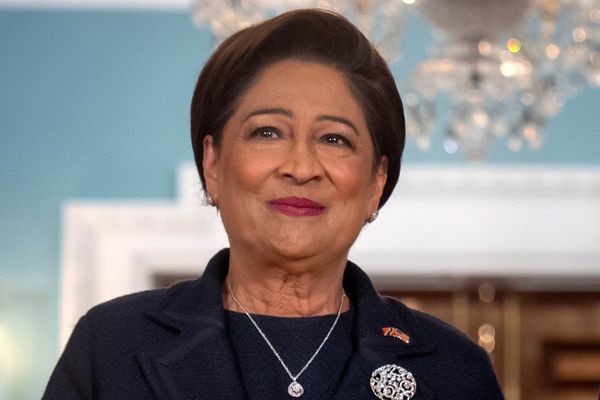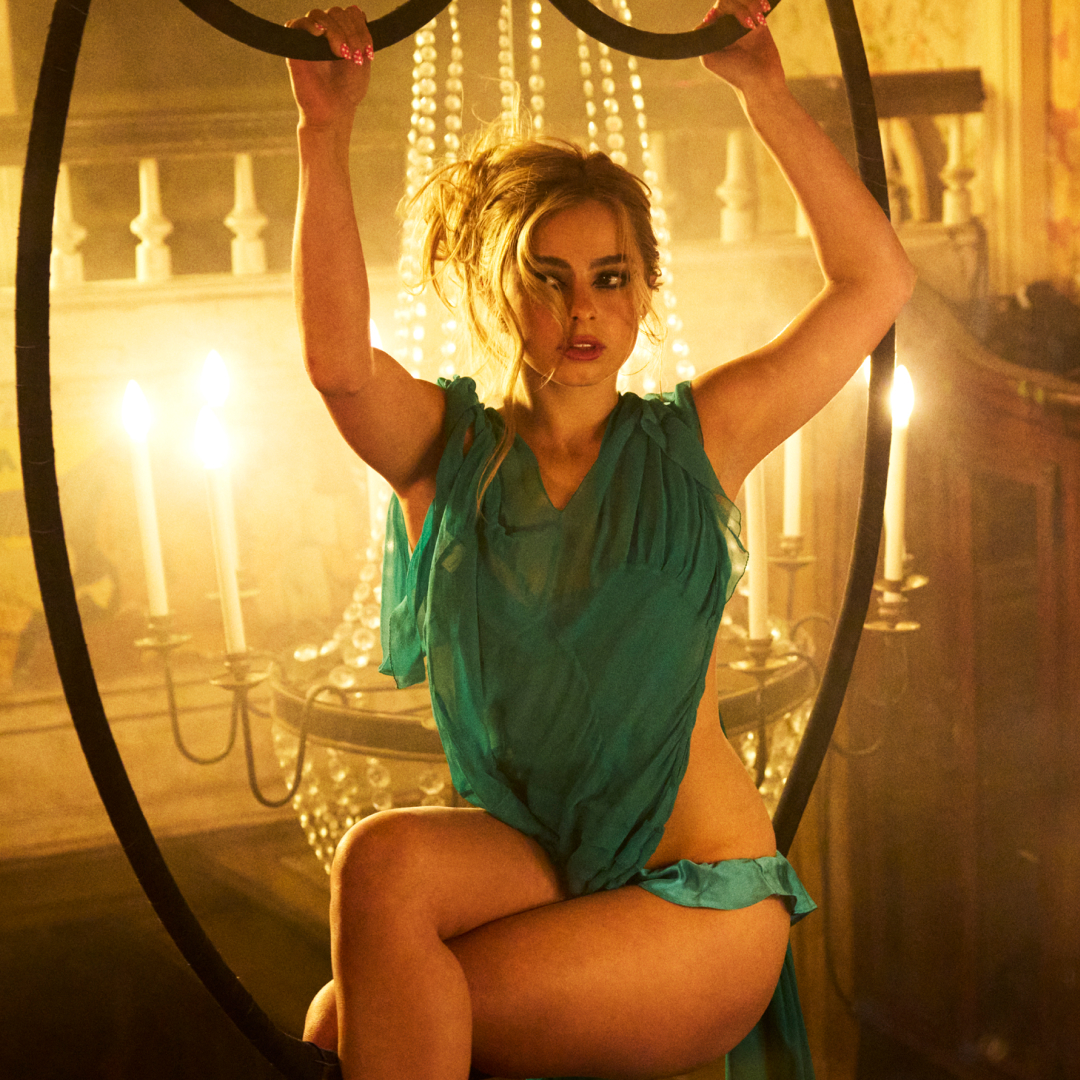
On Addison Rae’s standout track “Money Is Everything,” she blurts out mid-way, “And the girl I used to be / Is still the girl inside of me.” It’s like a brief tantrum, full of sass, directed at anyone who’s ever questioned her artistry. Rae makes a habit of doing this—falling out of her breathy voice and into a conversational speaking rhythm—on her debut album, Addison. Some of her adlibs imbue more effervescence into her already buoyant pop, while others feel like a rare insight into who she is and who the world thinks she is.
Addison Rae and her “authenticity” have become one of pop’s latest punching bags ever since she dared to pivot away from her whirlwind career as a TikTok star and toward being a serious musician. No matter how fully formed as an artist she’s presented, since launching the nearly year-long rollout of her album with “Diet Pepsi”, she’s received her fair share of “industry plant” allegations. Many wondered who at Columbia Records conceived her stellar creative team (stylist/Interview editor-in-chief Mel Ottenberg, indie filmmaker Sean-Price Williams, cool-girl choreographer Lexee Smith, among others) or crafted her intoxicating, avant-garde pop sounds (two relatively unknown female producers, Elvira Anderfjärd and Luka Kloser). Aside from her devout followers—many Charli xcx Angels who became a fan of the singer after the Brat musician gave her a cosign in 2021—the masses dismissed the idea that Rae herself could possibly be the genius behind Addison.
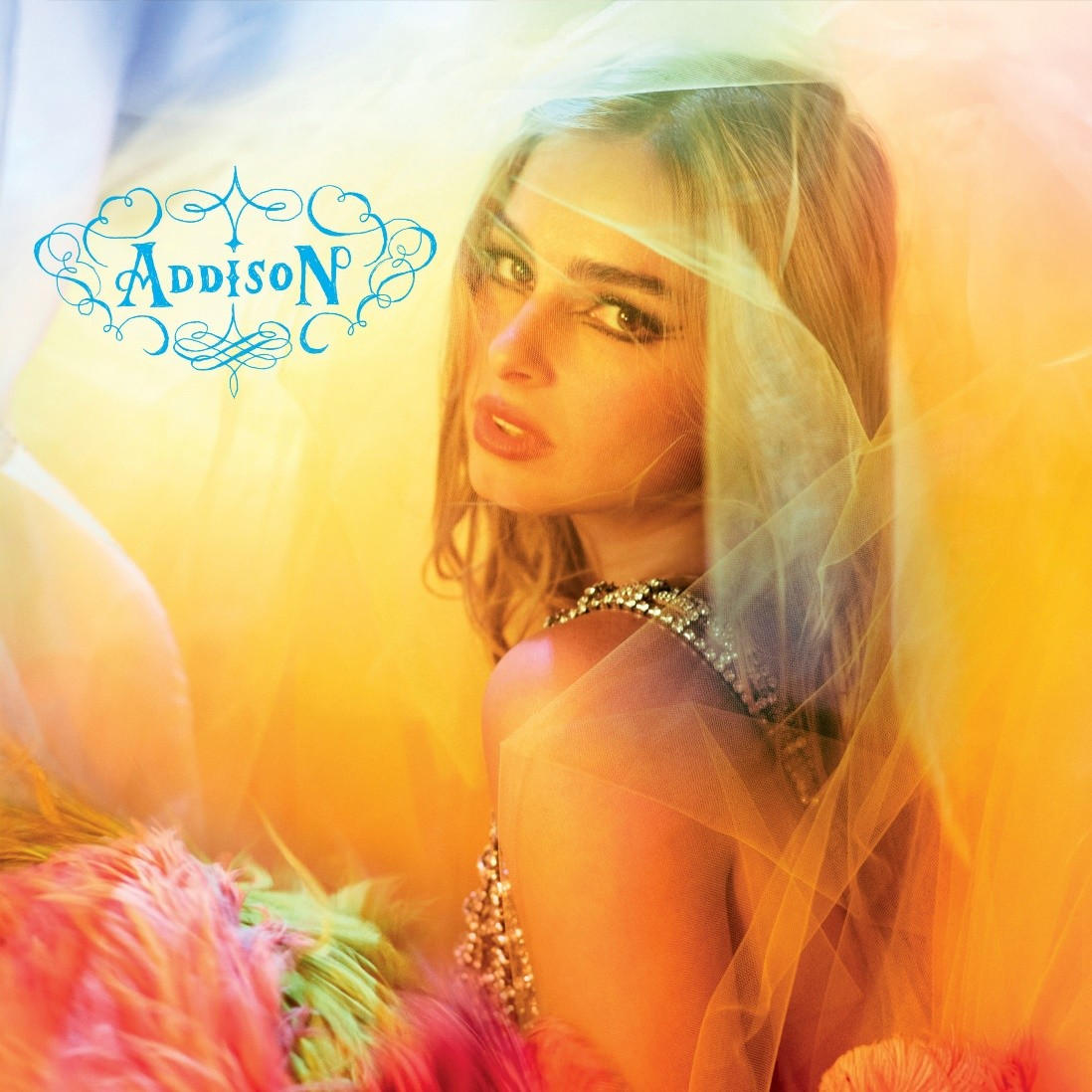
Of course, what’s authentic and manufactured in music has been up for debate since the dawn of pop. Nearly 15 years ago, the conversation reached a fever pitch when Lana Del Rey equipped with just iMovie and a dream, uploaded “Video Games” to YouTube. Leading up to and in the months following the release of her debut album, 2012’s Born to Die, critics wondered who the singer-songwriter—styled like a 20th-century daydream and singing like a “gangster Nancy Sinatra”—really was. They questioned whether industry execs were behind her “rebrand,” since she had previously released music, to minor success, under her real name, Lizzy Grant.
So it’s fitting that Lana Del Rey has latched onto the singer, born Addison Rae Easterling, asking Rae to open for her at her Wembley Stadium shows in London on July 3 and 4. (“Diet Pepsi,” a song that arguably takes pointers from the LDR playbook, has appeared on Lana’s Instagram Story.) One can imagine that Lana has seen the chatter around Addison—and also sees her for who she is.
On Addison, the 24-year-old seldom lets listeners into her inner world. The only things she’s entirely clear about in her lyrics is her shameless obsession with fame (“Fame Is a Gun,” “High Fashion”) and her flair for finding sweetness in life, even when it has hints of Aspartame (“Headphones On,” “New York,” “Times Like These”). Ultimately, the artist seems more concerned with performance than being known. Everything she does is in service of her artistic offering and of a bygone time—her videos fit for TRL, her bubblegum-meets-club sonic wonderland of a record, her collaborators, and even the concept of herself as an unknowable pop icon, including but not limited to her campy paparazzi shots. But that all makes sense: She’s been performing since she was a young dancer growing up in Louisiana, and then she did so on our For You Pages for years.
Naysayers have claimed Addison is too curated and too much of a departure from her debut EP, 2023’s AR, to make any realistic sense. But even before the album’s release, she addressed these criticisms, saying, “I’m not the person you used to know,” in a teaser trailer for the LP. Like she yells on “Money Is Everything,” perhaps she wasn’t letting the world see every part of herself when she first went viral on TikTok—especially considering, when she was paid minor sums to post certain songs, she was strategic about what she chose, as she revealed on The New York Times’s “Popcast” podcast.
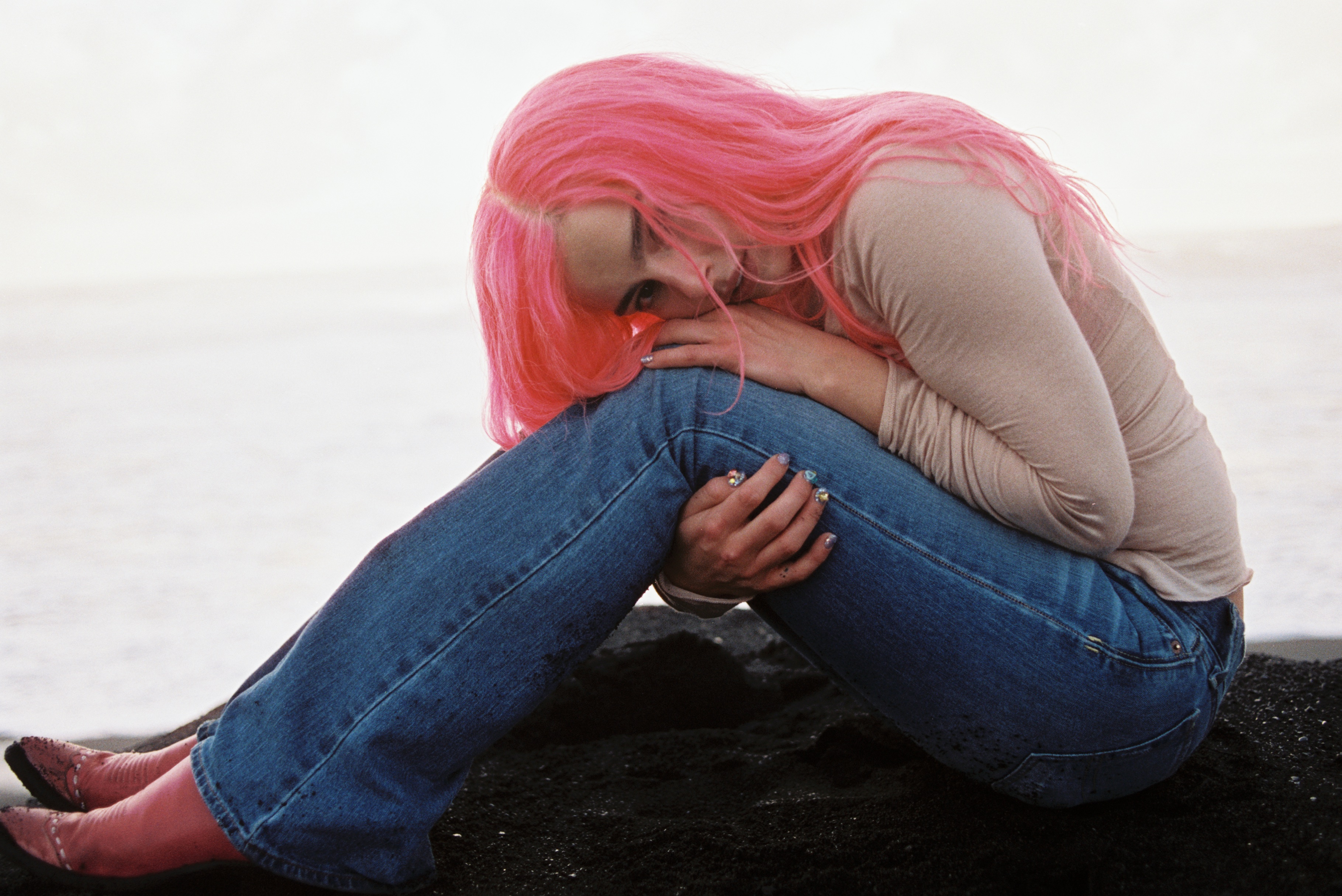
In the same interview, the “Aquamarine” singer astutely said that “taste is a luxury.” One can assume that Addison was keen to trust in and express her taste, once she knew she had built a following and enough support behind her. Among those supporters were the rising Swedish phenom producers, Elvira Anderfjärd and Luka Kloser, whom she tapped to nail down her eclecticism on Addison (making her one of the few major artists working in the studio solely with women). The glitzy sounds they landed on, however, came as no surprise to pop fiends who’ve noticed Addison name-dropping, posting, and curating playlists with indie favorite hitmakers (Arca, FKA Twigs, and Yves Tumor) for years, and considering she began recording with Charli xcx long before AR dropped.
Still, the former Hype House member has said that she “totally [gets]” why some haven’t bought into her pop stardom. She’s well aware that there’s no erasing one’s digital footprint—that who she was dancing next to Jimmy Fallon seems like a far cry from the gonzo bombshell in her music videos. She told Elle recently, “Maybe I didn’t want to show you who I really was because I was afraid of confronting that, and I was afraid of what people would say about it.” Now, thankfully, she’s accepted how innate performance art has always been to her and she’s ready to put on a show (even if she, herself, is simply a smaller player in the entire production).
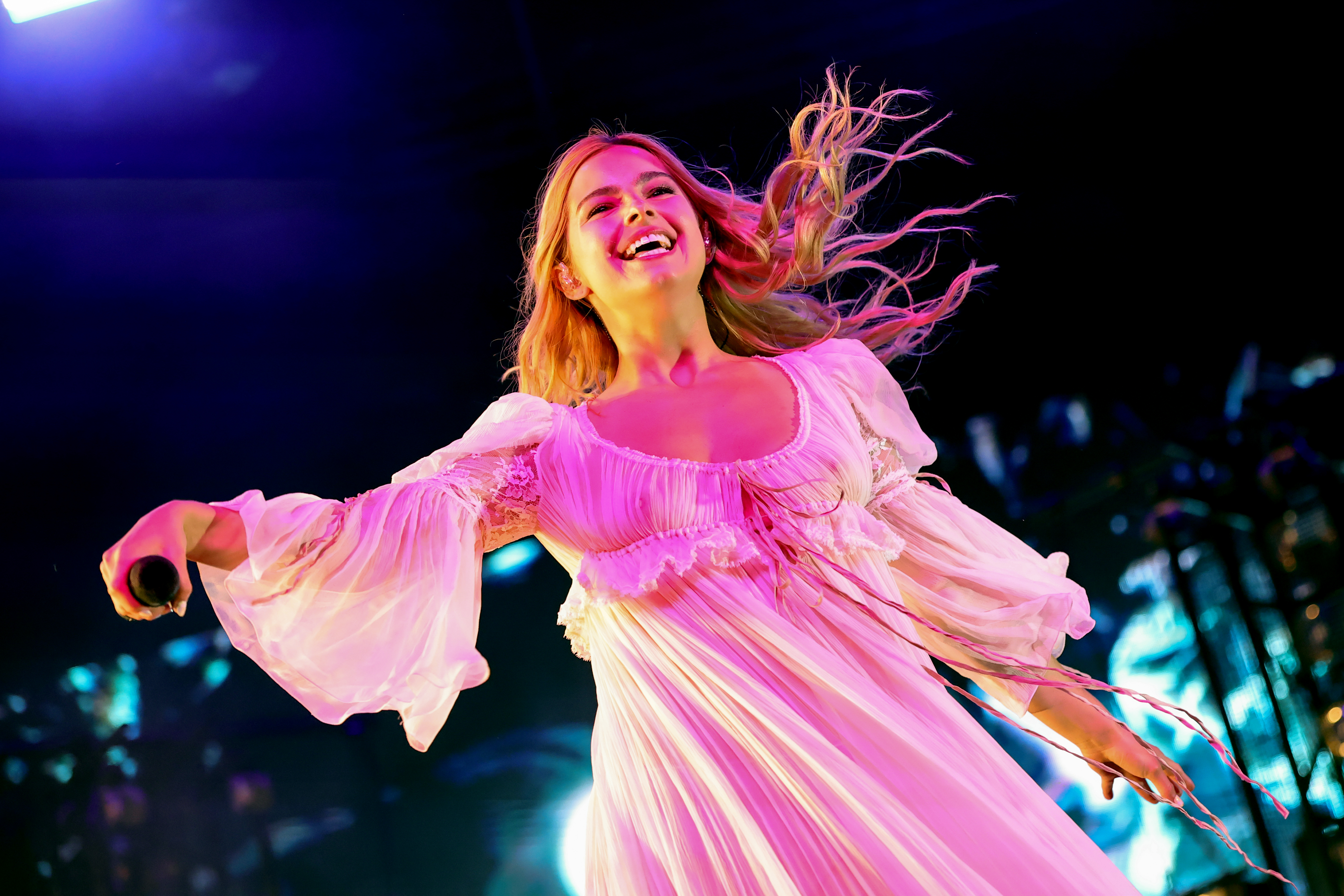
Lana Del Rey was, of course, the only creative behind her aesthetic, world-building, and the moody, alt-pop genre she pioneered in the early 2010s. She also never faltered from it, and it’s only been in recent years that she’s begun to speak about how isolating it was that critics “got it wrong” when she debuted. In the lengthy rollout of Addison and its promotion, Addison Rae has already taken tips from Lana—giving herself over to her art.
Here’s hoping that Addison gets to “roll one with Lana,” as she says on “Money Is Everything.”. Surely, they have much to discuss, like how the fixation on their and other female artists’s authenticity says more about ourselves than them.


